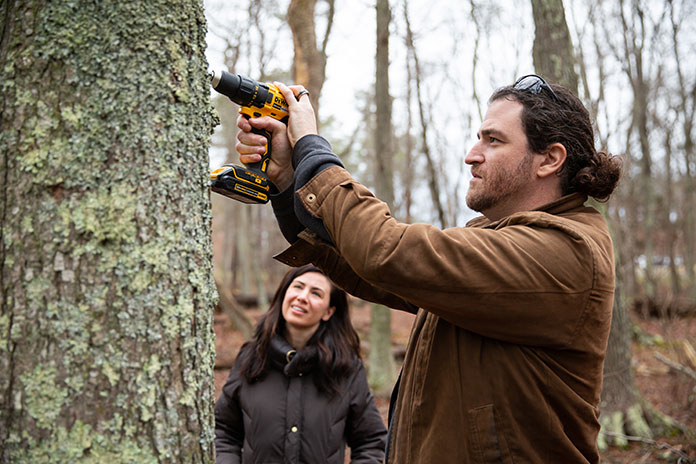
NEW JERSEY – When you think of maple syrup production you might immediately think of Vermont but it could become a reality within the New Jersey Pinelands.
The state’s Pinelands Commission recently held a webinar focusing on that subject called “Maple Syrup Production in Southern New Jersey: Challenges, Lessons and Paths Forward.”
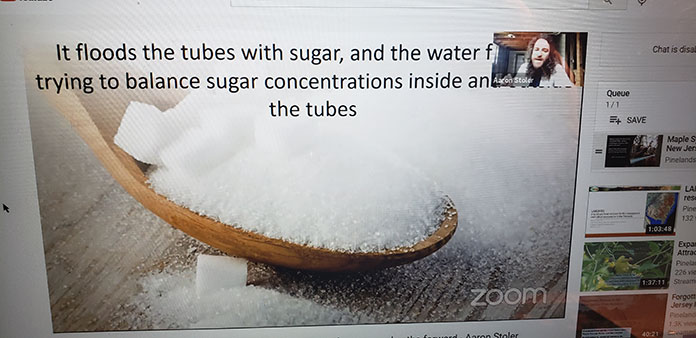
Southern New Jersey is not generally seen as a region of high maple syrup production as variable climate and lack of sugar maples have historically deterred any type of hobby or commercial market from forming.
Through the financial assistance of a major USDA grant, researchers at Stockton University are exploring ways of overcoming these challenges through the use of alternative maple species and newer technology like vacuum assist pumps and reverse osmosis.
Presenter Aaron Stoler who serves as assistant professor of environmental science at Stockton University, discussed the many challenges and lessons learned from this past year’s sap harvest, and future research directions.
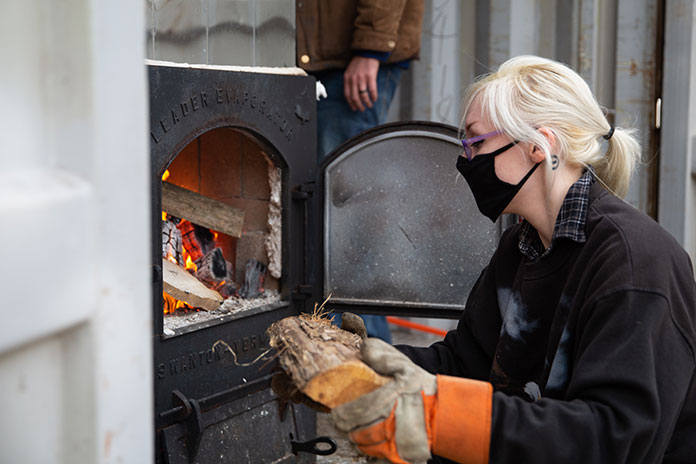
Stoler said, “I got involved with this maple syrup project not because I have a family history of producing maple syrup. I’m not from Vermont. I never actually tapped a tree until I got to New Jersey but somebody suggested what it would be like if we tapped these red maple trees on Stockton’s campus and we started to get sap coming out and the next thing you know we were applying for a grant.
“We got the grant and I am here to talk to you about our progress so far. The basic goal of this grant is to promote knowledge and activity of maple syrup production in novel markets. I want to get a small cottage industry started in southern New Jersey and maybe that will become something larger in the future but ultimately the USDA understands there is a lot of forest out there,” the professor said.
Stoler added, “there is a lot of ways we can bring this commodity to the market in a sustainable way.” He added grants were given out to a number of universities throughout the eastern coast to bring maple syrup production into the future as well as to get cottage industries off the ground.
Professor Stoler said Vermont was surrounded “by a lot of states that could be tapping.” The topography is great, it has a longer season it has a lot more elevation and the infrastructure is already there.
In contrast he said New Jersey has little of that despite being surrounded by states that have those advantages.
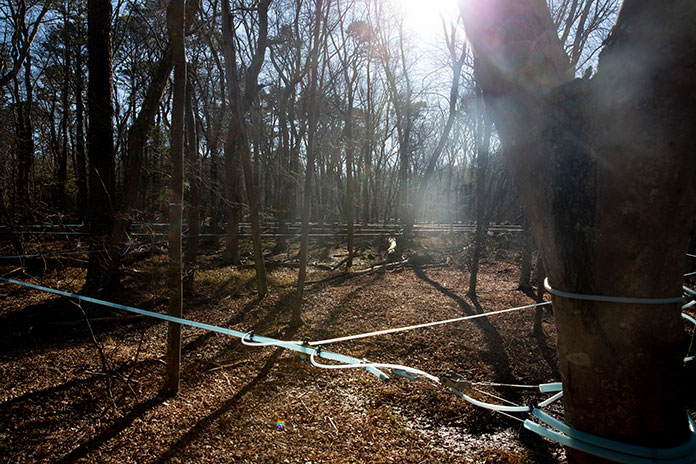
He added there were two primary reasons why the Garden State wasn’t producing much maple syrup. One was because only half the state has trees that could produce it. The northern portion of New Jersey has sugar maple trees which are primarily used to produce maple syrup. “The second is that we have a very coastal climate and a coastal climate interferes with some of the massive flows that you can possibly expect in Vermont and upstate New York.”
The top half of the state does have a significant amount of sugar maple trees in Essex County. In the Pine Barrens there is not a lot of sugar maple. It is predominately pines and oak trees. “Red maple, however is in the Pine Barrens and they are pretty much everywhere on the east coast and throughout the mid-west,” Stoler said.
He added, “you can tap red maple. The sap has less sugar but it is still very tasty and if you put a sugar maple and a red maple side by side it can have the same amount of sugar. It depends on the region that you are looking at.”
Stoler also provided tips on how to identify the kinds of maple trees that might be in the back yards and property of New Jersey residents. He compared through slides the typical sugar maple leaf and its smooth margins to silver and red maple tree leaves.
“Sugar maple bark is deeply furrowed. Identifying trees by bark is challenging. There are a lot of overlapping similarities between some sugar maple species and some oak species but if you know you have a maple if you have a deeply furrowed bark you either have a sugar maple or another species called Norway maple. Red maple tree leaves have a more serrated margin and they are typically smaller leaves,” Stoler added.
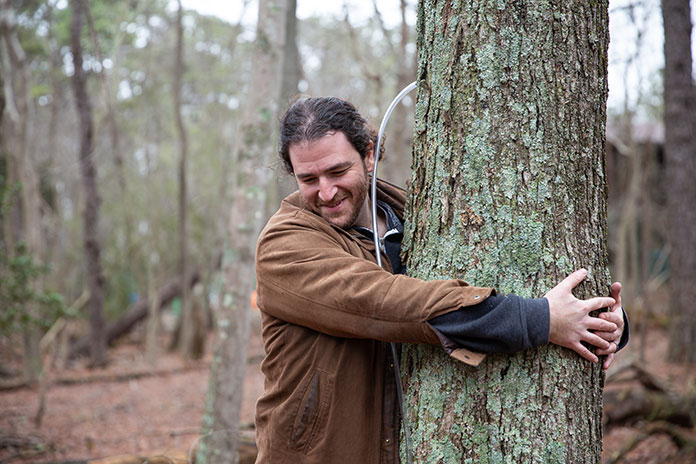
“As much as it is fun to tap these trees and collect the sap for syrup, we also have to remember to be sustainable with our practices and the people who have been doing this for thousands of years in New Jersey; (the Lenape) really do understand that sustainability,” Professor Stoler said.
He is asking for input from those who have been involved in this to learn what they have done, what they have gotten. “We are going to have a central forum online soon to provide data to.”
Free buckets and taps are available to those who wish to participate in the program and share their information. For questions e-mail maplegrant@stockton.edu







